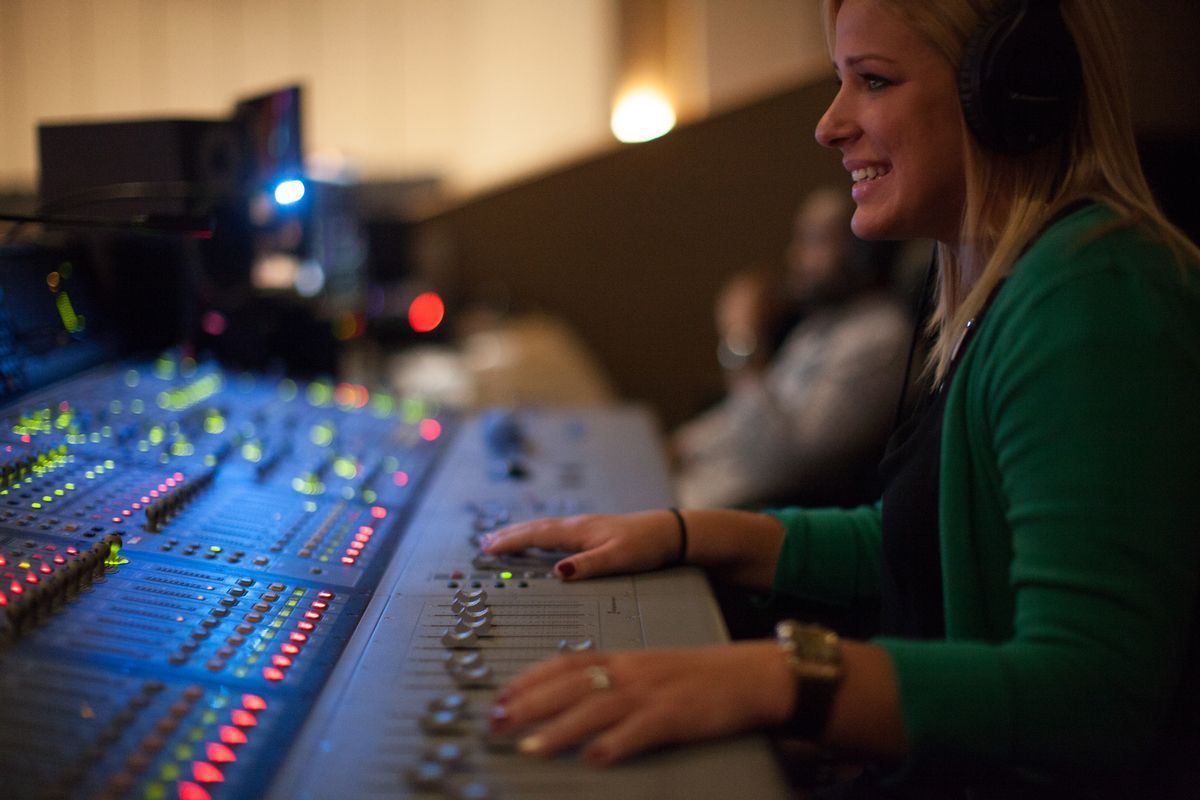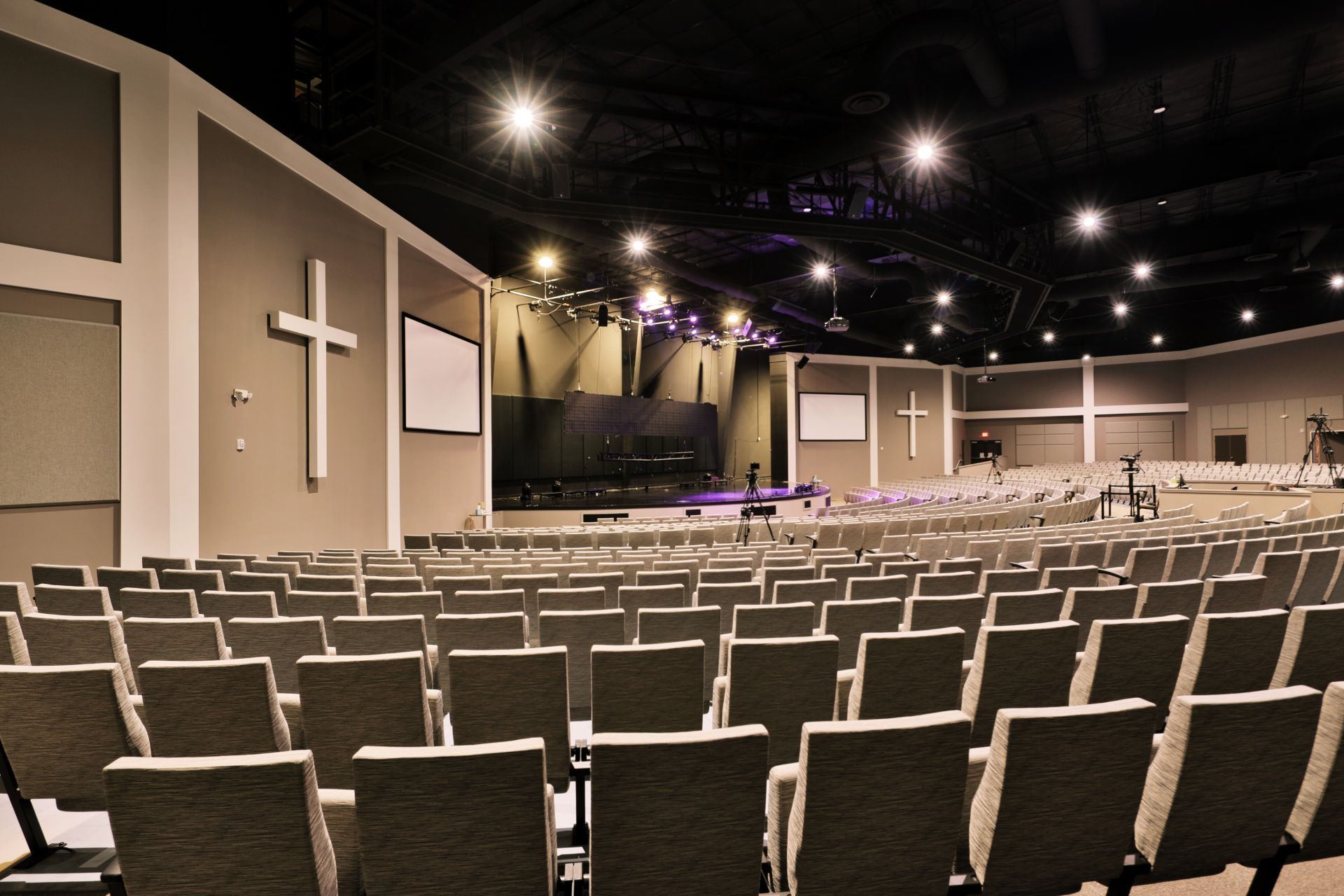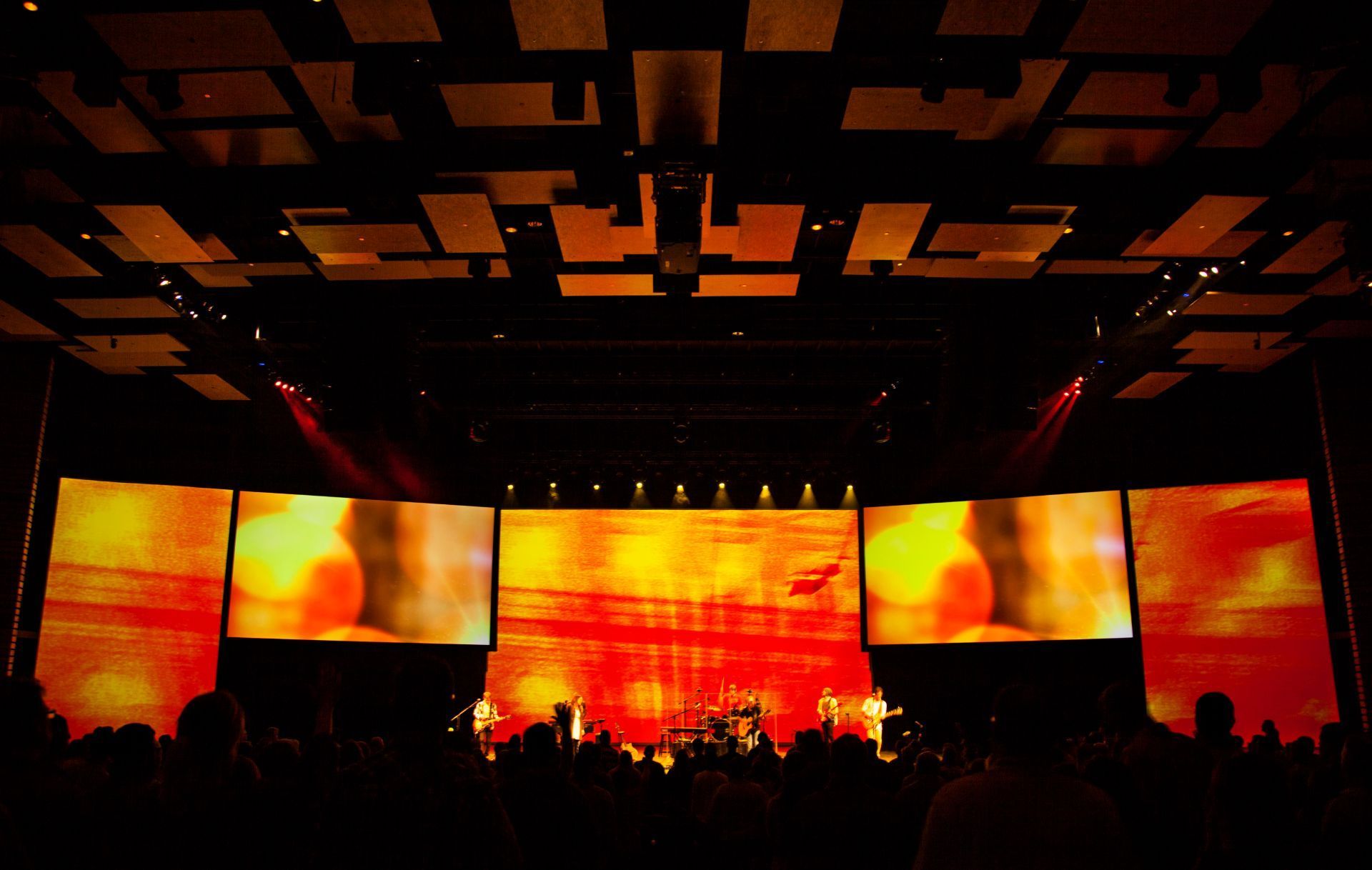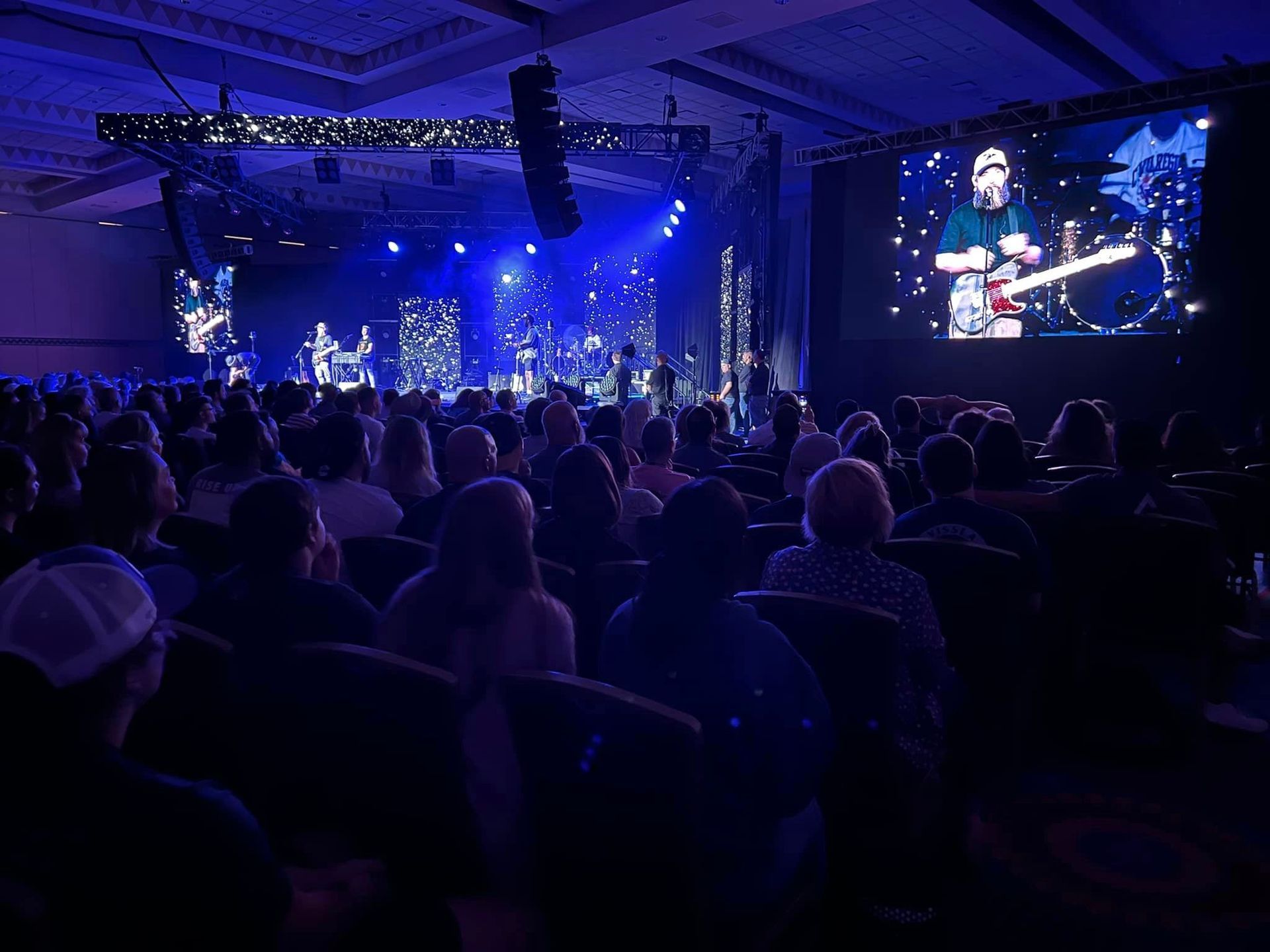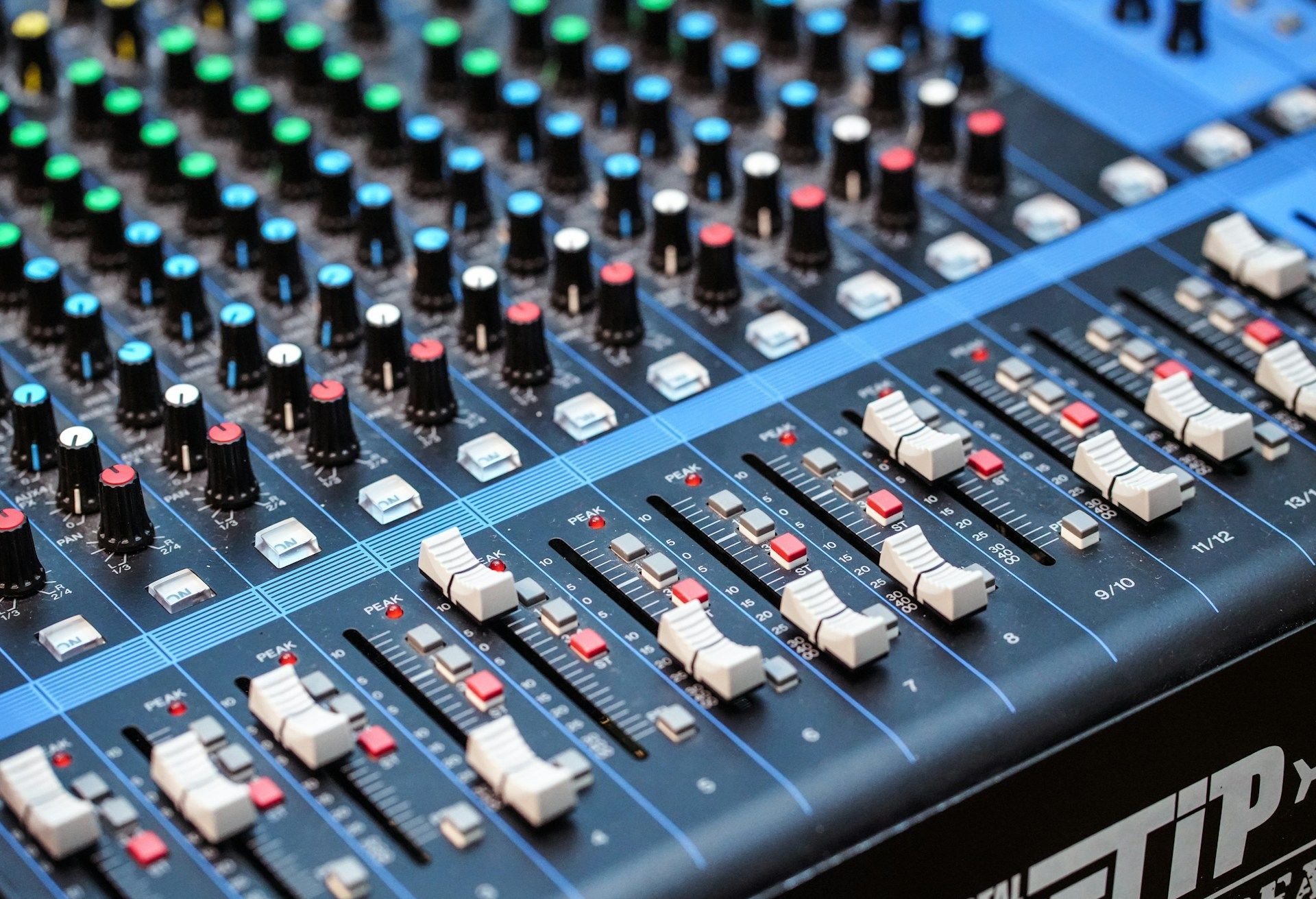Superior Acoustics for Event Spaces: The Science of Sound and Its Implications in Event Planning
The human connection with sound is both visceral and emotional. From easy conversations to impassioned performances, how we experience sound has a lasting impact on our memories and engagement with the world around us. Within the event industry, acoustics play a vital role in shaping an event's overall quality and success, affecting everything from guest experience to the clarity of communication. As world leaders in audio, video, acoustic, and lighting technology applications, our expertise lies in designing and building flawless technology systems that ensure unrivaled excellence in your event spaces.
In this article, we will provide a deep dive into the fascinating world of acoustics, examining the science of sound and its importance in the event planning process. We will explore critical design elements such as room acoustics, sound isolation, and reverberation control, delving into the challenges associated with each and sharing expert insights on achieving the perfect balance for creating comfortable and immersive listening environments. Additionally, we will offer a glimpse into the future of event acoustics, showcasing cutting-edge solutions for your event spaces.
With a focus on the importance of superior acoustics in event planning and execution, we will demonstrate how understanding the science of sound can empower you to create sensationally successful events that stand out from the crowd. We invite you to join us on this auditory odyssey, learning the fundamental principles, challenges, and solutions associated with sound design to ensure the perfection of your events at AE Global.
Understanding Room Acoustics and Its Impact on Event Experience
Room acoustics is a vital aspect of sound design that impacts how well sound travels and is perceived within a given space. To ensure your event spaces deliver optimal audio experiences, focus on the following elements:
1. Room Shape and Size:
A space's layout and dimensions can dramatically affect sound quality. Ideally, aim for spaces with non-parallel walls and ceilings, reducing the chances of sound reflections and flutter echoes that result in poor intelligibility and listener discomfort.
2. Surface Materials:
Different materials affect sound absorption, reflection, and diffusion. Strategic use of absorptive materials (such as curtains and carpets) can dampen sound energy, while reflective surfaces (such as glass or solid walls) can increase reverberation.
3. Spatial Planning:
Arrange furniture and decor items thoughtfully to minimize sound reflections and encourage proper sound propagation. Avoid cluttered environments that can cause sound scattering and impede audio quality.
Addressing Sound Isolation Challenges
Sound isolation refers to the prevention of unwanted sound from entering or leaving a space, ensuring an undisturbed listening experience for event attendees. Consider the following strategies for effective sound isolation:
1. Structural Design:
Creating separate, air-tight compartments for different event areas can limit the transmission of sound. This can be achieved through the use of thick walls, insulation materials, and airtight doors.
2. Acoustic Barriers:
Portable acoustic panels, curtains, and baffles can help reduce noise in temporary event spaces by providing additional sound absorption and isolation.
3. Noise Control Measures:
Implement noise-control measures such as proper maintenance of HVAC systems and mindful placement of noisy equipment to minimize disruptive sound sources and ensure a peaceful environment.
Mastering Reverberation Control
Reverberation is the persistence of sound after it has been emitted, as it bounces and reflects off surfaces within a space. Controlling reverberation is essential to creating clear and intelligible audio experiences for your audience. Address reverberation control through these methods:
1. Strategic Absorption:
Implementing sound-absorbent materials, such as carpets, fabric-covered walls, or acoustic panels, can reduce excessive reverberation by decreasing the reflection of sound waves.
2. Diffusion Techniques:
Utilize diffusers or irregularly shaped objects to scatter sound waves, preventing them from reflecting directly back to the listener and resulting in more even sound distribution.
3. Calculated Room Design:
Opt for spaces with higher ceilings and non-parallel walls, reducing the potential for standing waves that can cause muddy audio.
Exploring Cutting-Edge Acoustic Solutions
Stay ahead of the curve with innovative acoustic solutions that can enhance the experience of your event attendees. Explore these game-changing technologies:
1. Acoustic Modeling Software:
Leverage advanced software to simulate and analyze the acoustics of your event spaces, enabling you to make informed decisions and design adjustments for optimal sound quality.
2. Directional Speakers:
These advanced audio devices project sound directly to a targeted area, limiting its spread and preventing unwanted reflections. Directional speakers can provide a focused listening experience for your attendees without disturbing nearby areas.
3. Active Acoustic Systems:
Implement electronic systems that monitor and adjust audio levels in real time, ensuring optimized sound quality and intelligibility at all times during your event.
Conclusion
The science of sound and its understanding plays a crucial role in creating engaging and successful events, emphasizing the necessity for superior acoustics in event planning. By mastering room acoustics, sound isolation, and reverberation control while staying informed about emerging technologies and solutions, you can ensure a flawless listening experience for your event attendees.
Our
AVL company, AE Global, looks forward to guiding you through the intricacies of acoustics, providing the expertise and cutting-edge solutions needed to transform your event spaces into havens of auditory perfection. Together, let's create memorable and immersive events that resonate with unparalleled excellence, captivating the hearts and minds of your audience.
